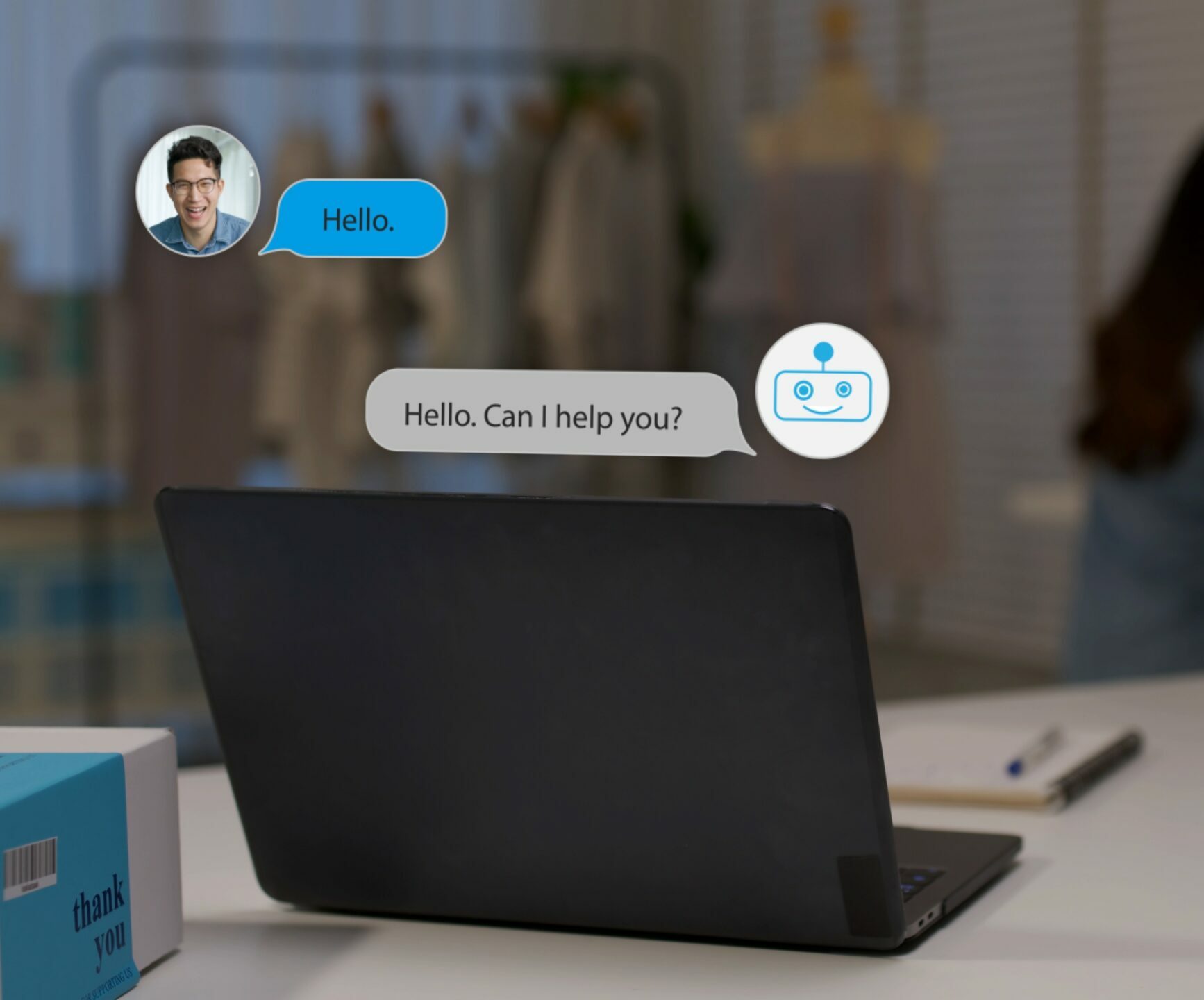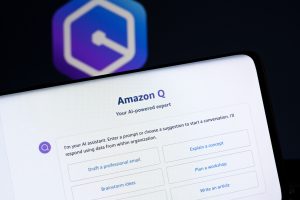
An introduction to natural language processing (NLP) and how it’s starting to transform many areas of our daily lives.
We’re living in a time of massive digital revolution. Technologies are evolving and one that is becoming mainstream is natural language processing (NLP).
People are interacting with computers more every day. We use our devices if we want to return a product, find a local coffee shop, conduct research, or get help with something.
NLP is the foundation. It lets people, in their native language, connect with computers in a meaningful way. It’s becoming crucial for everyday life and in a wide range of industries including legal, media, healthcare, and eCommerce.
What is NLP?
It’s an offshoot of artificial intelligence (AI) that enables a computer to understand human or “natural” language. As a result, it lets humans have meaningful conversations with computers.
Human language is complex in a way that many of us take for granted. Our language is riddled with nuance, slang, and double meaning.
Look at homonyms and words like “bear”. It can depict an animal, endurance, or carrying weight depending on the context.
These are words that we all subconsciously translate and understand, but computers don’t have that context and knowledge. Plus, there are hundreds of languages, each with its syntax and nuances.
NLP is the tool that helps computers understand human language and its many meanings.
How does it do this? There are a variety of methods.
For example, tokenization involves taking text and breaking it down into smaller parts. Using this method, you can implement techniques like sentiment analysis to detect emotions in text.
In turn, this helps companies to improve customer support calls, get product feedback via reviews and social media, and much more.
Once the input is processed and the language is understood, it can be input into a model that can automatically perform tasks like machine translation or content analysis.
Why is NLP important for businesses?
It’s becoming foundational for so many businesses right now because it has the power to make companies more efficient.
It can also be used to analyze vast amounts of data and text to gain valuable insights in a fraction of the time.
Simply put, NLP can have a massive impact on business outcomes.
NLP models can make sense of massive quantities of human language faster—and more accurately—than humans alone. This means that companies can now take data, analyze it quickly, understand the sentiment, and make fast, informed decisions.
They can also automate monotonous or repetitive tasks, saving time for their team to focus on more nuanced or specialized tasks.
What are the applications of NLP?
NLP is becoming pivotal to so many industries, so we’ll cover just a few examples here:
Customer Service
NLP models can automatically transcribe customer conversations, summarize them, and categorize customer issues.
This helps customers to get the right information faster, while also freeing up customer service specialists’ time.
Specialists don’t have to take extensive notes while talking to a customer, and instead, they can focus on the customer’s problem and offer more specialized care.
The company can also track and analyze customer feedback and issues, granting critical insight for decision-making.
Legal
Law firms deal with massive amounts of text and information. With NLP, legal teams can sift through vast reams of text to find pertinent information in a fraction of the time.
NLP can automatically parse through hundreds of pages of documents, identify information like force majeure clauses and dates, map relationships between information, and apply labels.
With powerful natural language query interfaces, lawyers can find crucial information for legal cases by searching for concepts, not just specific keywords.
This makes legal research infinitely faster—and more accurate—than it would be with humans alone.
Oh, and you can get an AI lawyer now too.
Healthcare
NLP helps healthcare companies take unstructured patient data and provide better patient care.
For example, it can help with transcribing and classifying medical symptoms, family history, prescriptions, and diagnoses from audio recordings of patient-physician appointments.
It can also help with optimizing Electronic Health Records (EHRs) and gaining meaningful insight from them.
For example, algorithms can learn that things like “hypertension” and “elevated blood pressure” refer to the same concept, and can determine whether this is a new diagnosis, family history, and so on.
NLP Tools
As AI and NLP evolve, so do the tools that support them. There are a lot of tools available, but perhaps the most important one for getting the most out of your NLP model is a data labeling tool.
Quality natural language data is the lynchpin for quality NLP models. If your model is being fed poor data, it will output poor results.
So, having an effective tool for data labeling is crucial. The main options that companies have when looking to label their data are:
- In-house labeling tools – Companies may build and manage their own data labeling tools in-house. This is a good option for centralizing costs and resources, though it can come at vast engineering costs because building and maintaining your own data labeling tool that can support all of your needs is no small feat.
- Open source labeling tools – Tools like Brat are open-source options for data labeling. They’re widely available and accessible and can be a great option for basic labeling needs.
- Specialized labeling tools – Specialized NLP tools are built with NLP labeling at the core. There are several options available, and each has its niche. There are generalized labeling tools, tools that specialize in audio labeling, tools that specialize in true customizability for complex data labeling, and so on. These tools are built for a purpose and are a great option for advanced data labeling.
Finding the right option for data labeling depends on what your company—and data—need.
Looking to the future of NLP
NLP is fundamentally changing the industry and our everyday lives.
Gone are the days of having to input specific commands and codes to be able to access the information people need online. Now, we can find information and get help quickly using their natural language.
As NLP continues to develop, there will be more and more ways that people can interact with computers in meaningful ways. Industries will continue to evolve and optimize with the help of NLP.
And our daily lives will continue to be changed by NLP.
Look at tools like DALL-E that are becoming mainstream and giving people ways to create AI-generated art that visually represents their wildest imaginations.
DALL-E is an example of NLP in practice—using natural language to train deep learning models built on the framework of the immense amount of paired natural language and image data that exists on the internet.
Let NLP Work For You
NLP plays a key role in the technological revolution we’re living through. As NLP continues to advance, it will continue to affect industries and lives. It’s a fascinating thing to watch unfold.
Summa Linguae recently acquired Datamundi, a company that is creating and enriching language data for linguistic research institutes. They are known for being global NLP system builders, focusing on machine translation and communication bots.
With Datamundi’s addition, we’ll help AI get more “intelligent” with the help of experienced linguists, project managers, developers and engineers who work on an online customized platform.
We can develop unique tools, engage the right people, and find the best solutions for your needs. Gain meaningful, accurate data using our labeling and classification services for text, speech, image, and audio data.
Contact us today to learn more.
Author Bio
Anna Redbond is a Technical Content Writer at Datasaur.
Datasaur is the most robust NLP data labeling tool on the market. Datasaur specializes in customizability, with advanced tools built to handle even the most complex NLP labeling requirements.


